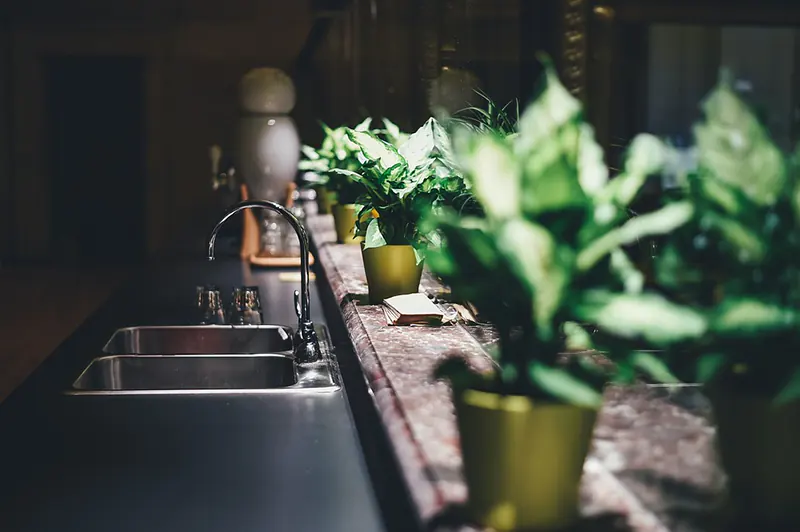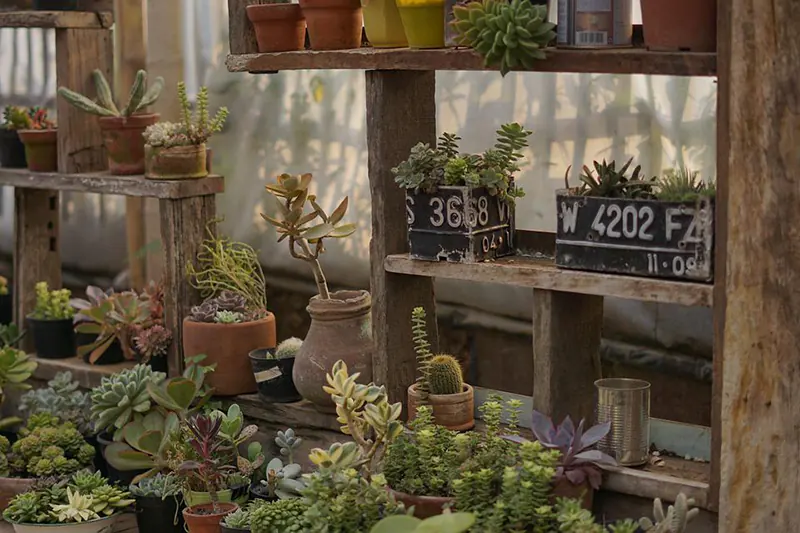How to Measure a Bonsai Pot
The word “Bonsai” means a tree in a tray, so how to measure a bonsai pot is significant. The tree or trees are the focal points of your bonsai creation, the small decorative items add interest, but the frame for the picture you’re creating is the pot, so don’t underestimate the task of pot selection.
Here’s a detailed guide on how to measure a bonsai pot and why it’s essential.
Why Is It Essential to Select the Right Pot?
Not only is the size important, but the color, texture, and shape all play an important role in framing your creation.
In many cases, the bonsai pot is a shallow dish, which gives the impression of a large tree in nature as the tree stands proud of the shallow dish as a tree would stand proud in nature.
Larger pots suit multi-plantings such as forests, and deep pots can be used to raise a cascading tree or to encourage growth to thicken a trunk. The pot selected should also not overwhelm the tree, so correctly proportioning the container is essential.
The color of the pot is a personal preference choice. Many pots come in earthen colors that fit any design, but stunningly beautiful brightly colored pots are also available. These can look magnificent if chosen to match either foliage, flowers, or fruits.
Materials vary widely, with traditional pots made of pottery or terracotta. These often come in earthy colors that suit any tree. Plastic pots have become very popular in recent years and should not be discounted. They are inexpensive compared to other materials but work well and look very nice.
The more avant-garde pots come in every conceivable material type. In recent years, some exquisite glass pots have been available that can look stunning.
Some containers in or on which trees are planted can be very unusual. For example, often in forest plantings, when the roots of many trees have created a dense mat, the entire planting is placed on a flat piece of slate. This is attractive and only works when the roots have developed a solid base to support the trees.
How to Start Measuring a Bonsai Pot
The pot should be large enough to support the current root system of your tree and give it enough space to stretch out a little. The ends of the roots draw in nutrients and water, so there must be room for the tree to develop these ends and provide sufficient nutrients for the tree.
Whether to report your tree depends on many factors, such as what type of tree it is, its age, how root-bound it is, and whether you want it to grow larger or remain at the same size.
Repotting your tree need not mean that you place the tree in a larger pot. If you judiciously prune the foliage and root system, you can, in theory, never increase the size of the pot.
It is wise also to consider the environmental factors around your trees. Larger pots require less watering, which can be crucial in hot, dry conditions. Dark-colored pots retain heat and can cause problems for the roots, so lighter coloured pots may be needed in your environment.
Traditional Rules for How to Measure a Bonsai Pot
As with most aspects of bonsai, some traditional rules will help you to select a pot.
- Traditionally the length of an oval or rectangular pot should be approximately ⅔ of the tree’s height, measured from the point where the trunk enters the soil to the top of the crown.
- The diameter of a round pot should be approximately ⅓ of the tree’s height, measured from the point where the trunk enters the soil to the top of the crown.
- The width is also a consideration, and it should be narrower than the broadest spread of the branches.
- The pot should be as deep as the trunk is wide.
- If the tree is wider rather than high, then the pot’s length should be ⅔ of the width or spread of the tree.
- The shape is also a consideration. Upright styles with straight trunks often look better in rectangular pots, while curvy or crooked trunks appear balanced in oval containers or containers with rounded corners rather than sharp corners.
- The species of tree is also important. If you have a gnarly, rugged-looking tree, look for an unusual pot or stick to a pot with sharp angles. A soft curvy pot with a gnarly tree doesn’t work!

Final Thoughts
Bonsai is a traditional craft, and following the conventional rules will give you a place to start, but like everything in bonsai, this is your creation and must reflect your personality.
Don’t feel constrained by the rules; use them as a guide but please yourself and enjoy your trees. Choose the design, color, size, and finish to suit your personality and what you hope to achieve with your tree.






